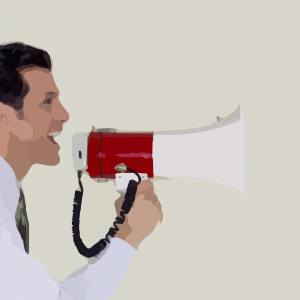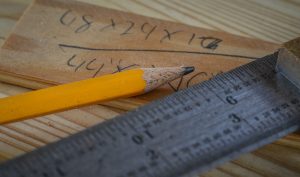3 Steps to Preparing an Effective Trade Show Display: A Conversation with Joe Bottone Part 2
December 5, 2018We’re thrilled to share Part 2 of our discussion with Joe Bottone, President of CDS Displays on the topic: Making a Kick-Ass Exhibit: Everything You Need to Know About Developing an Effective Booth. Our conversation with Joe was live-streamed on November 20th as part of a series we’re offering at MEET: Coffee and Conversation.
Join us periodically as we chat live with experts and veterans in trade show, event, and complementary industries to hear their wisdom on common challenges and simple solutions for success.
You can check out Part 1 of our recap, or feel free to catch the full interview with a fresh cup of coffee.
The Purpose of the Trade Show Display
The first step to designing an effective trade show strategy plan is understanding the purpose of the booth. For Joe, the purpose of the booth exhibit is to introduce your brand to new potential customers and to host and welcome existing customers.
How you attract those new potential customers is with the right messaging and the right offer. Ideally, those who are not your targets, somewhere around 99-95% of those attending the trade show, will walk right by your booth.
 Sometimes attracting your target customers requires direct messaging. According to Joe, “if you’re at a show and your target audience is facility managers, you want your messaging to be as direct as saying – Hey! Facility Managers!”
Sometimes attracting your target customers requires direct messaging. According to Joe, “if you’re at a show and your target audience is facility managers, you want your messaging to be as direct as saying – Hey! Facility Managers!”
When Joe does booth trainings prior to a show, he requires that staff not only know their target audience, but have a question on hand that will immediately qualify them.
“You don’t need to try and ask them a bunch of questions and get to know them if they’re not your target audience. It’s like door-to-door encyclopedia salesmen. The first question they’re trained to ask is “do you live here.” Because if you don’t, you’re not the right person to talk to.”
Transitioning to how Joe custom designs his trade show displays, we asked him to describe the process he goes through to understand his customers’ needs.
Step 1: Understand Pain Points
Joe starts by finding out if his potential customer is an experienced buyer, meaning they have a current supplier, or if this the first time they are purchasing display services.
For those who are experienced, he wants to know their pain points—why are they talking to someone new. For first-time buyers, he focuses on budget, timing, and what led to their decision to invest in these services.
“You don’t want to overwhelm their budget or underwhelm their case. We can work with any budget. The question is what are they looking to achieve.”
Step 2: Select the Right Show
Joe digs right into show selection as a fundamental starting place for his trade show consultation strategy.
“Because we have so many years in this industry, we really like to help customers avoid pitfalls early on. For example, we don’t want to see them investing time and money in a show that isn’t a fit for them.”
“We try to get to know their business and customer scope and make sure that they’re selecting shows that reflect the market they’re aiming to serve. From there, we aim to understand their larger expectations. Whether it’s brand exposure, new leads, or product introduction—we want to understand their goals.”
See our post on 5 Common Challenges to Identifying Your Best Trade Show Selection Process for more on how to avoid common pitfalls.
Step 3: Custom Design the Trade Show Display
Now it’s time to decide how to design the booth. We asked Joe what types of questions has asks to determine a booth’s concept.
 Size and height regulations are obvious places to start. Joe also wants to know how the exhibitor plans to use the space including product displays, meeting rooms, and storage. Finally, how many people will be working in the booth.
Size and height regulations are obvious places to start. Joe also wants to know how the exhibitor plans to use the space including product displays, meeting rooms, and storage. Finally, how many people will be working in the booth.
To some extent, the final trade show display will be a reflection of whether the exhibitor is selling B2C, B2B or B2G – Business to Government, and whether the exhibitor is selling products or services.
“It all depends on what the customer wants to bring. Whether it’s airplanes (really!), large machinery or just a few screens displaying their product or service, that will determine the design concept of the booth.”
For more on how to design an effective trade show display, check out Part 1 of our interview with Joe Bottone.
About
MEET (meetroi.com) helps B2B growth companies and pavilion hosts effectively leverage at trade shows and in-person events. MEET’s processes help its clients ramp-up sales quickly and maintain a steady stream of high-quality prospects going forward. Contact Bill Kenney at MEET today for a free trade show participation assessment bill@meetroi.com or +1 (860) 573-4821.